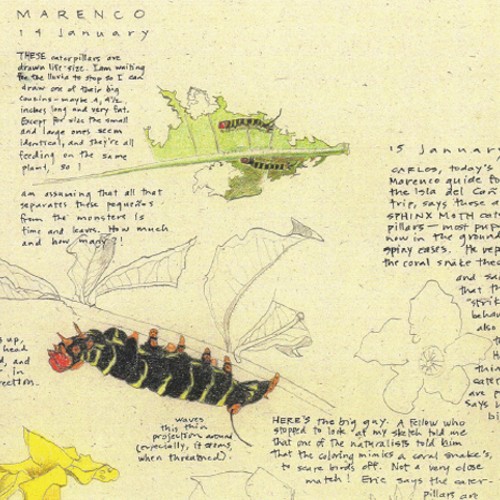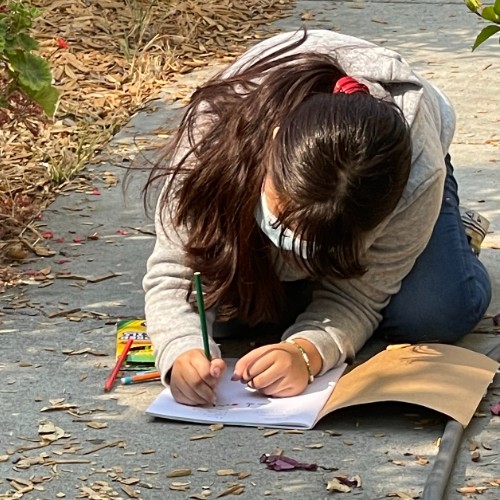Science Notebooking and Sketching
Science notebooking and sketching encourages students to wonder about the world and fosters meaning making. Here are some tips to start sketching in your classroom.

- Samples available online from BEETLES at Lawrence Hall of Science.
- Notable Notebooks: Scientists and their Writings” by Jessica Fries-Gaither, kid-friendly book
- Remember the purpose of science sketching: to convey important information about an observed specimen or phenomenon
- Introduce the sketching topic with with our Example Sentence Frames worksheet

- Accuracy: Sketch for accuracy and descriptiveness, not beauty. Focus on the shape, outline and dimension first, then move on to the finer details.
- Big: Use the whole page or draw the specimen at different scales to zoom in on one section
- Colorful: add color with colored pencils or crayon if the colors help to represent the object. No colored pencils? Label the color with an arrow pointing to the specific section.
- Detailed: After you get the outline, add noticeable details like shading and texture.
- For example: If you are drawing a leaf, what makes this leaf different from a leaf from another type of plant?
- Lines, Textures, and Shading Handout from Katie Bertsche - Explain: Add a few words to describe what you might not be able to draw, add arrows or other symbols to help explain what you are observing

(Adapted from BEETLES
& UC Natural History Museums)
- Comparison – Students sketch two different examples of the same sample (leaf, rock, tree). Use labels and arrows to highlight similarities, differences
- Zoom in –zoom out – Students sketch a specimen, and then draw a large circle to sketch a close up of one specific segment of the specimen
- Up close & wonder – With our worksheet, students select one object to observe closely, sketch, and write “1 thing I notice…. 1 thing I wonder…… It reminds me of…….”
- More Prompts for Student Thinking and Meaning Making

- Notebook With Each Component of Science Investigation
- BEETLES, Lawrence Hall of Science
- John Muir Laws, Nature drawing workshops, online resources.
- California Academy of Sciences Sketching Resources
- Introduction to Nature Journaling video by The Watershed Project
